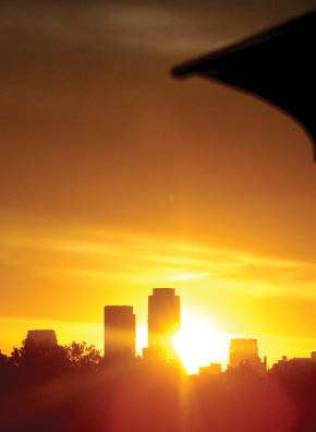LETTER: Playground of the One Percent

It's a tragedy that Manhattan, with its long, rich history of cultural diversity, of open arms to the downtrodden of the world, has reached a point in its development whereby the inclusion of all the many classes who originally came here early on -- and still try -- is now gone but limited only to those able to pay the high privilege of living here.
The constantly changing landscape of NYC inasmuch of its enduring invasion by billionaires, who, like many tourists, have annexed our city in great numbers, are those able to pay that price while elevating exclusivity. The city's evaporating neighborhoods, vast ethnicity lost, landmarks given to real-estate development for still more luxury housing to satisfy an insatiable need the mega-rich have to add Manhattan to their various addresses, is what our town has become.
Let's suppose it's 10 years down the road, 2024, when after the finish of Seward Park on the Lower East Side; the completion of still more development in Times Square; the completion of many more multi-floor, super-thin luxury apartments a-la-behemoth One57; the conclusion of the far-west Hudson Yards in 2024, New Yorkers will then make note of other such projects in the beginning stages of planning and/or completion. And all will include still more trophy apartments for the indulgent-rich.
Previously in this publication I addressed the ever-growing number of tourists coming to NYC annually; but now see the one-percent of the one-percent (owning 37% of country's wealth) in the year 2014 in almost equivalent sums, augmenting the changing face of a city well on its way to becoming devoid of anything else. And if numbers keep going up, it's not unlikely to think that Manhattan in 2024 and beyond will have become an island where only a certain privileged few and tourists navigate our streets.
Over the years, I've seen my Upper West Side neighborhood transform from the Wild West it was called in 1966 when I moved in, to an affluent, fashionable area of uber-wealthy living in recently converted/now-private brownstones, townhouses and sprawling apartments. And the trend will only continue. Five previously-subdivided brownstones of one-bedroom/studio apartments on my block alone are, now, reserved for private families at the cost of a $20-30 million conversion; and a recently paid-for-record-San Remo apartment of $26 million plus: comparatively low to others we've seen around the city.
Rampant change runs amok in New York City, and there's nothing anyone can do about it. Behind this theory is a growing number of these international billionaires wanting to put their money into safe, prestigious investments that will not only enhance their bottom line, but their allure on a world-wide stage of competing players hoping to outdo one another. NYC is that stage. Developers can't build luxury "starchitect-designed" housing fast enough to keep up with the demand.
The trickle-down effect is evident in buildings such as my own, where I've lived now for 48 years, and where I and other like-minded young people originally came starting out needing cheap rents. That was the Upper West Side of the mid-1960s; no such neighborhoods exist in Manhattan today. The neighbors with whom I now share my building can easily afford their $4,000-a-month one bedrooms while keeping a second home elsewhere. And should my building and others get in the crosshairs of a powerful billionaire wanting to convert it to a private residence, what chance do these less-affluent neighbors and others in my 'hood have of staying put?
Money talks in New York City; all others walk.
John Elari, Upper West Side